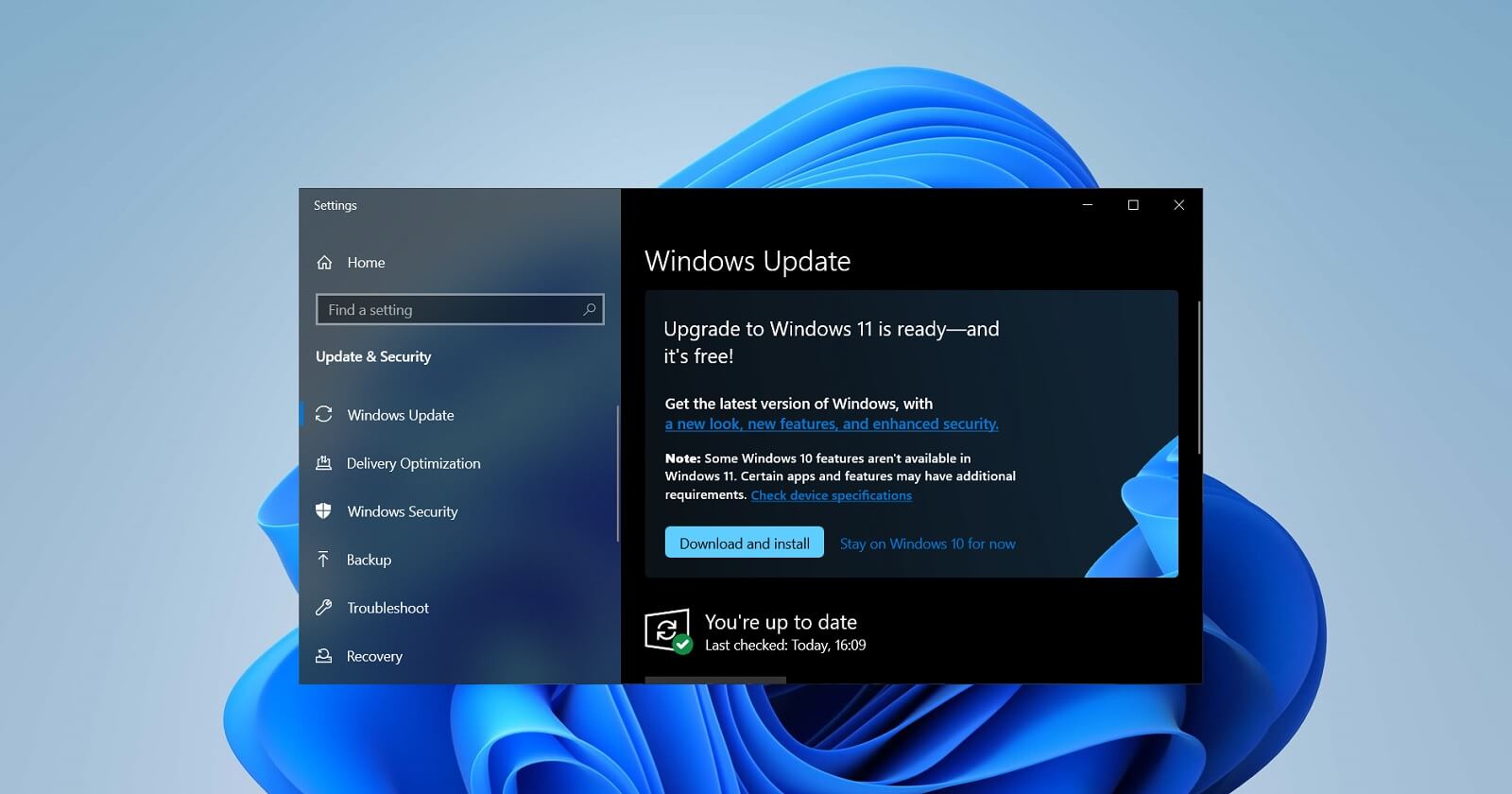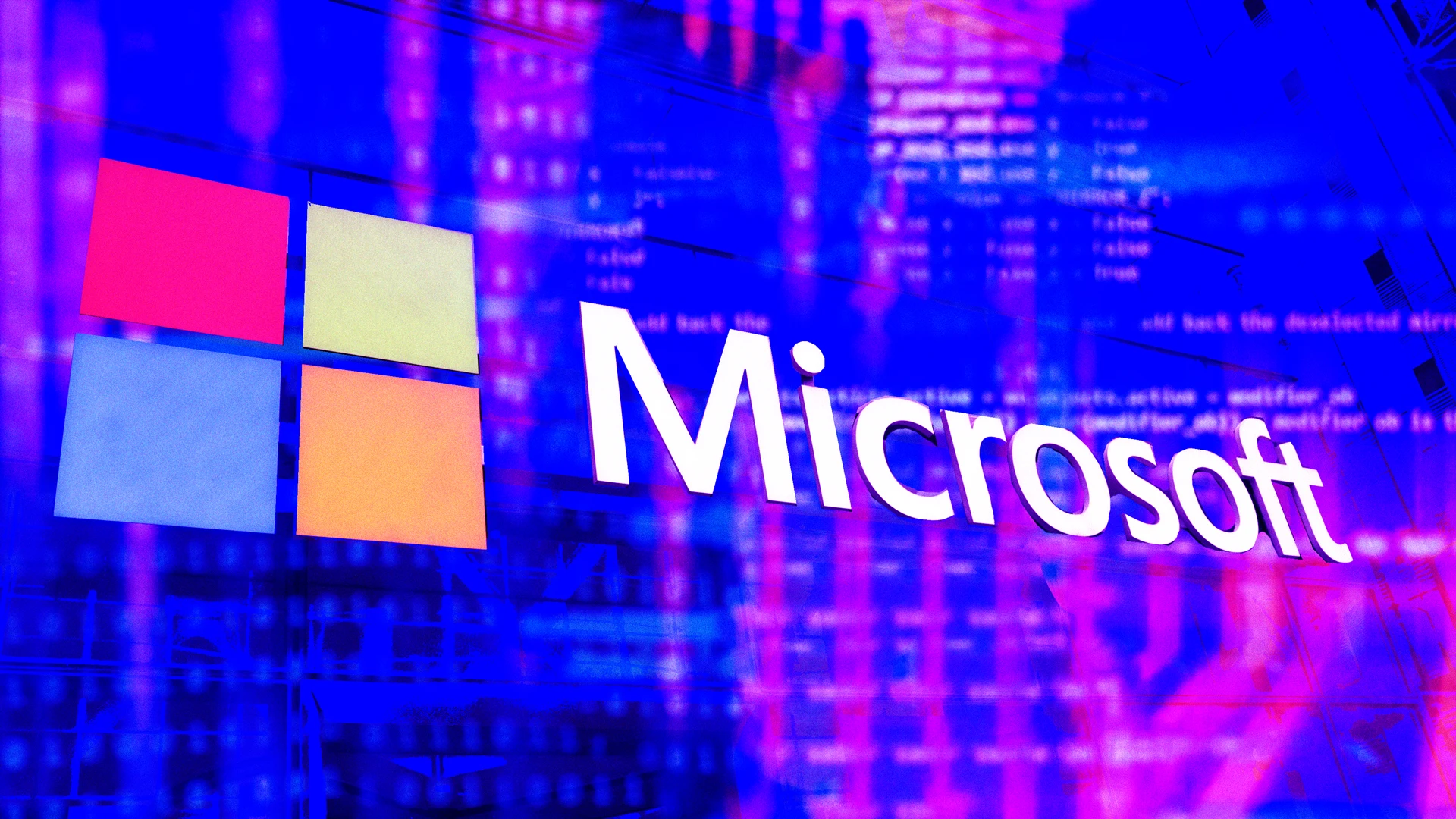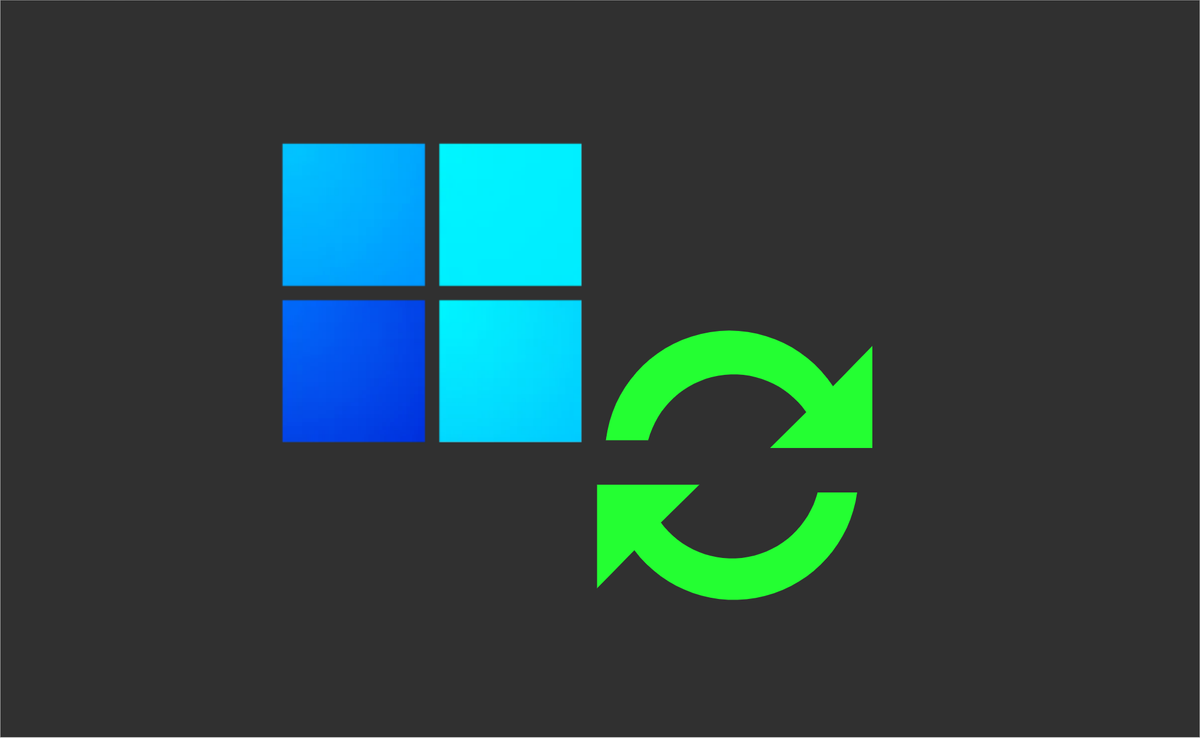In a world where digital defences are as critical as physical ones, the urgency of updating security protocols cannot be overstated. The Cybersecurity and Infrastructure Security Agency (CISA) has recently heightened this urgency by mandating immediate updates to address critical vulnerabilities in Windows operating systems. This directive, primarily aimed at federal agencies, underscores a broader advisory that affects organizations and users across the board, amplifying the race against cyber threats.

The Critical Windows Vulnerabilities You Need to Address Now
Following the traditional Patch Tuesday updates by Microsoft, it was revealed that certain vulnerabilities in Windows 10, Windows 11, and other Microsoft services are actively being exploited. With CISA’s mandate, these vulnerabilities have been thrust into the spotlight, emphasizing the necessity for rapid action.
The Specifics of the CISA Advisory
The vulnerabilities specified include:
- CVE-2024-38014: This is a privilege escalation vulnerability in the Microsoft Windows Installer affecting Windows 10, Windows 11, and Windows Server, which could allow attackers who have already breached a system’s defences to gain further unauthorized access and control.
- CVE-2024-38217: Identified in the Windows ‘Mark of the Web‘ security feature, this vulnerability allows attackers to bypass security warnings that usually help protect users from untrusted files, heightening the risk of malware infections including ransomware.
- CVE-2024-43491: Affecting a limited number of Windows 10 users, this remote code execution vulnerability can allow an attacker to roll back installed security updates, re-exposing the system to previously patched vulnerabilities.
The inclusion of these vulnerabilities in the Known Exploited Vulnerabilities (KEV) catalogue is a clarion call to all organizations to update and secure their systems immediately.

Industry Experts Weigh In on the Implications
Satnam Narang, a senior staff research engineer at Tenable, emphasizes that the privilege escalation vulnerability (CVE-2024-38014) is typically exploited after an attacker has already compromised a system. “How these attackers gain access to these systems can vary, whether it’s through exploitation of other vulnerabilities, spear phishing, or brute force attacks,” Narang explains. This highlights not just the need for patching but also for robust initial defences such as better email filtering and stronger authentication practices.
Further stressing the critical nature of these vulnerabilities, Kev Breen, senior director of threat research at Immersive Labs, points out that CVE-2024-43491‘s ability to roll back security updates poses a significant risk. “Attackers could still exploit them despite Windows update saying it is fully patched,” Breen states, which could leave many organizations unknowingly vulnerable.

What This Means for You and Your Organization
While the immediate directive from CISA targets federal bodies, the broader implication is clear: all users of affected Microsoft products are advised to take immediate action to prevent potential breaches. This includes not only applying the latest patches but also reviewing and enhancing overall cybersecurity practices to guard against initial system compromises.

In conclusion, CISA’s directive is not just a procedural formality; it is a necessary measure in a time when cyber threats are increasingly sophisticated and aggressive. As cyber defences evolve, so too do the tactics of cyber adversaries. The current updates are critical in the ongoing battle to secure digital infrastructures and protect sensitive data against unauthorized access and exploitation. Ignoring such advisories could lead to severe consequences, emphasizing the adage that in the realm of cybersecurity, an ounce of prevention is truly worth a pound of cure.










